The Great Math Tour: Exploring the World of Circle Graphs
Hello, math explorers!
Today, our math tour takes us to the exciting world of Circle Graphs, also known as Pie Charts. These circular marvels are used to display data in a visually appealing way, making it easier to interpret. So, fasten your seatbelts, and let's set off on our math adventure!
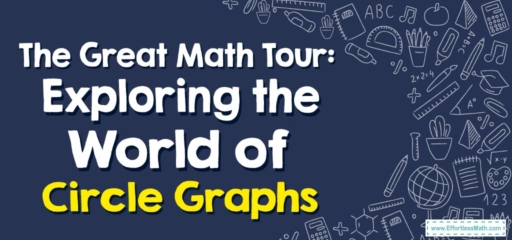
1. The Destination: Circle Graphs
Circle graphs, much like the delicious pies they are named after, are divided into several ‘slices’ or ‘sectors’. Each slice represents a different category of data, and the size of the slice corresponds to its proportion of the whole.
The Absolute Best Book to Ace the GRE Math Test
2. The Journey: Interpreting Circle Graphs
Interpreting circle graphs is all about understanding the proportions and percentages that each slice of the pie represents.
Your Travel Guide: How to Interpret Circle Graphs
Here’s our route:
Step 1: Identify the Categories
Firstly, identify the different categories represented in the circle graph. These are usually labeled or explained in a key.
Step 2: Understand the Proportions
Each slice of the pie represents a fraction of the whole circle. The larger the slice, the greater the proportion it represents.
Step 3: Read the Percentages
Often, circle graphs are labeled with percentages. This tells you what percentage of the whole each category represents.
For instance, if we have a circle graph showing the favorite fruits of a class of students with \(50\)\(\%\) apples, \(30\)\(\%\) bananas, and \(20\)\(\%\) oranges:
- Identify the Categories: The graph represents students’ preferences for apples, bananas, and oranges.
- Understand the Proportions: The apple slice is the largest, the banana slice is the next largest, and the orange slice is the smallest.
- Read the Percentages: Half of the students prefer apples, \(30\)\(\%\) prefer bananas, and \(20\)\(\%\) prefer oranges.
And that concludes our math tour to Circle Graphs! I hope you enjoyed the journey and found a new appreciation for these pie-shaped data representations. Remember, the world of math is vast and full of wonder, so keep exploring and discovering. Until our next math adventure!
Related to This Article
More math articles
- How to Evaluate Logarithms? (+FREE Worksheet!)
- How to Divide Decimals by Whole Numbers?
- Your Math Buddy: How to Unravel the Mystery of Mutually Exclusive and Overlapping Probabilities
- The Ultimate 6th Grade GMAS Math Course (+FREE Worksheets)
- How to Compare Numbers Up to a Billion: A Step-by-Step Guide
- DAT Quantitative Reasoning Math FREE Sample Practice Questions
- Best Calculators fоr Algеbrа
- Dividing Dollars: How to Navigate Money Division in Word Problems
- How to Unravel the Vectorial Realm: A Comprehensive Guide to Vector Applications in Mathematics”
- 4th Grade MAP Math Worksheets: FREE & Printable
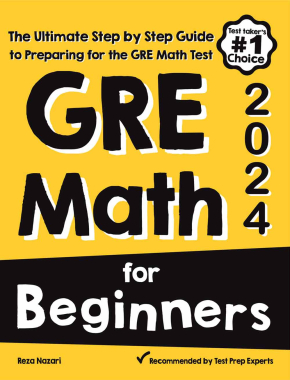

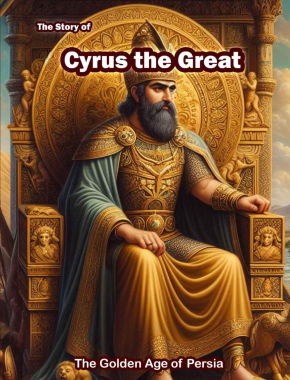
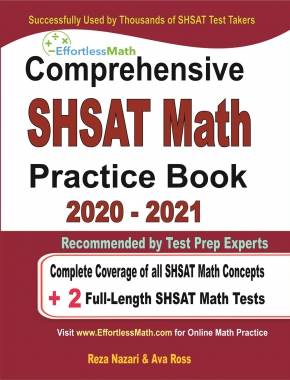
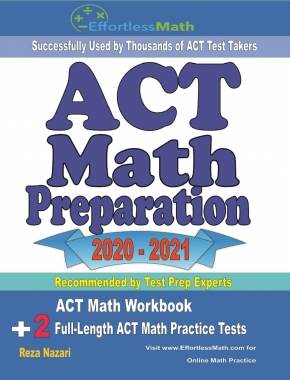

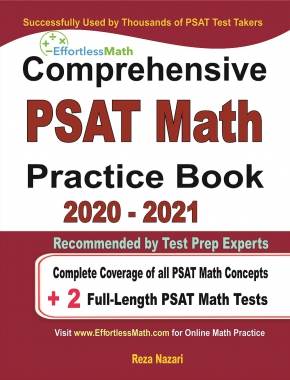
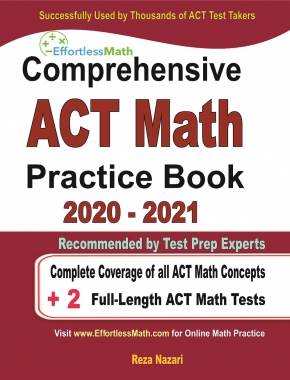

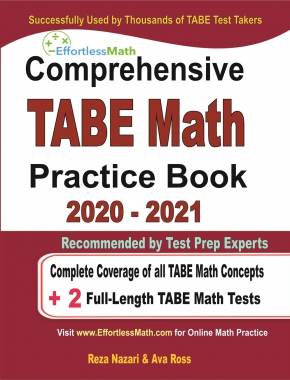

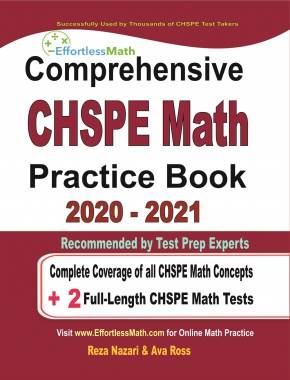
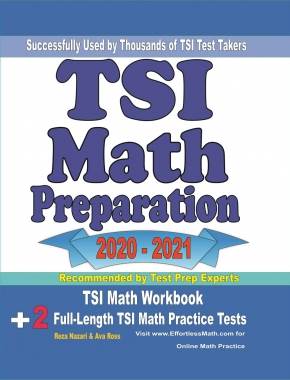
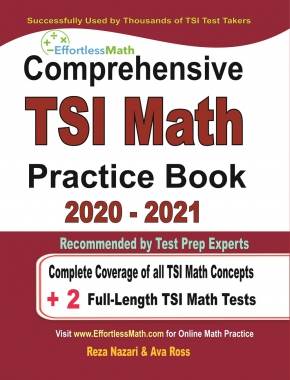
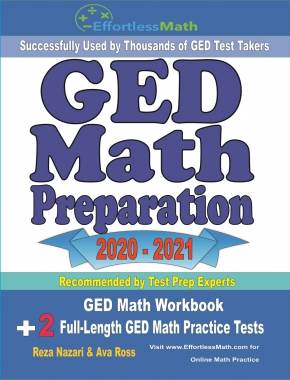
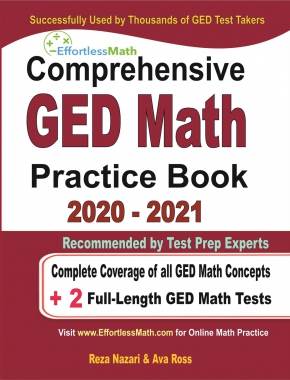
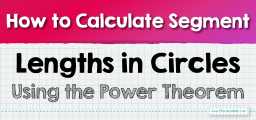
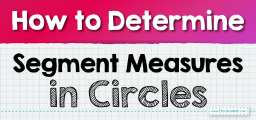
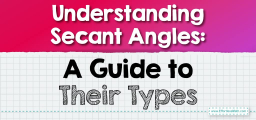


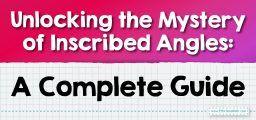

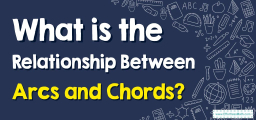
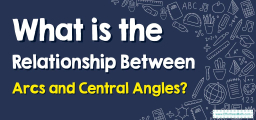


What people say about "The Great Math Tour: Exploring the World of Circle Graphs - Effortless Math: We Help Students Learn to LOVE Mathematics"?
No one replied yet.